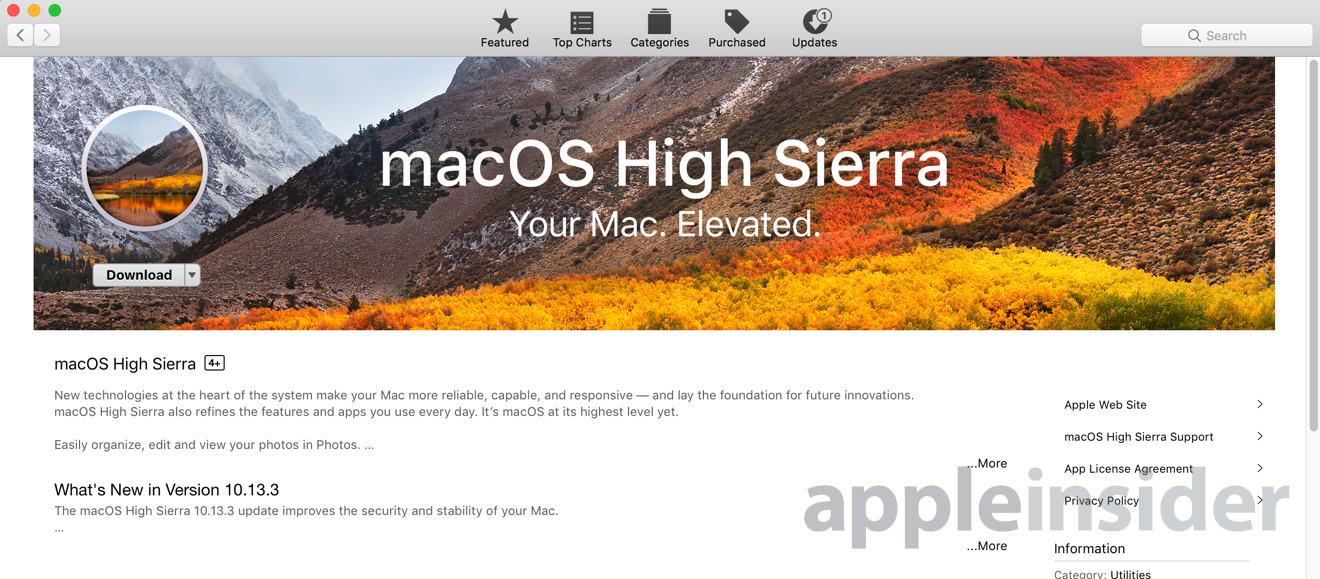
- #MAKE A RECOVERY DISK FOR MAC SIERRA HOW TO#
- #MAKE A RECOVERY DISK FOR MAC SIERRA MAC OS X#
You can now quit Terminal and eject the volume.
When Terminal says that it's done, the volume will have the same name as the installer you downloaded, such as Install macOS Big Sur. After the volume is erased, you may see an alert that Terminal would like to access files on a removable volume. Terminal shows the progress as the volume is erased. When prompted, type Y to confirm that you want to erase the volume, then press Return. Terminal doesn't show any characters as you type your password. #MAKE A RECOVERY DISK FOR MAC SIERRA MAC OS X#
However, this article explains the steps required to create the Mac OS X USB boot disk for lost data retrieval and running Disk Drill in a ready-to-use standalone recovery environment.
When prompted, type your administrator password and press Return again. Also note: Disk Drill does provide a separate feature to install a new instance of Mac OS X using the bootable drive that can be created with it. * If your Mac is using macOS Sierra or earlier, include the -applicationpath argument and installer path, similar to the way this is done in the command for El Capitan. If you will have any errors playing the DVD, you can RETURN it anytime BUT PLEASE do not chose the reason as Defective. Sudo /Applications/Install\ OS\ X\ El\ Capitan.app/Contents/Resources/createinstallmedia -volume /Volumes/ MyVolume -applicationpath /Applications/Install\ OS\ X\ El\ Capitan.app Sudo /Applications/Install\ macOS\ High\ Sierra.app/Contents/Resources/createinstallmedia -volume /Volumes/ MyVolume Sudo /Applications/Install\ macOS\ Mojave.app/Contents/Resources/createinstallmedia -volume /Volumes/ MyVolume Sudo /Applications/Install\ macOS\ Catalina.app/Contents/Resources/createinstallmedia -volume /Volumes/ MyVolume Sudo /Applications/Install\ macOS\ Big\ Sur.app/Contents/Resources/createinstallmedia -volume /Volumes/ MyVolume If it has a different name, replace MyVolume in these commands with the name of your volume. These assume that the installer is in your Applications folder, and MyVolume is the name of the USB flash drive or other volume you're using. 
Type or paste one of the following commands in Terminal.

#MAKE A RECOVERY DISK FOR MAC SIERRA HOW TO#
Stapleton Ford SOHC 'Pinto' & Sierra Cosworth DOHC Engines How to Power Tune.
Open Terminal, which is in the Utilities folder of your Applications folder. SpeedPro Series 4-Cylinder Engine How to Blueprint & Build a Short. Connect the USB flash drive or other volume that you're using for the bootable installer.






 0 kommentar(er)
0 kommentar(er)
